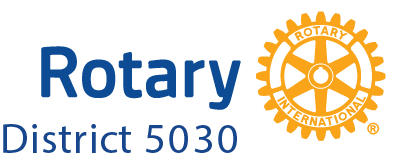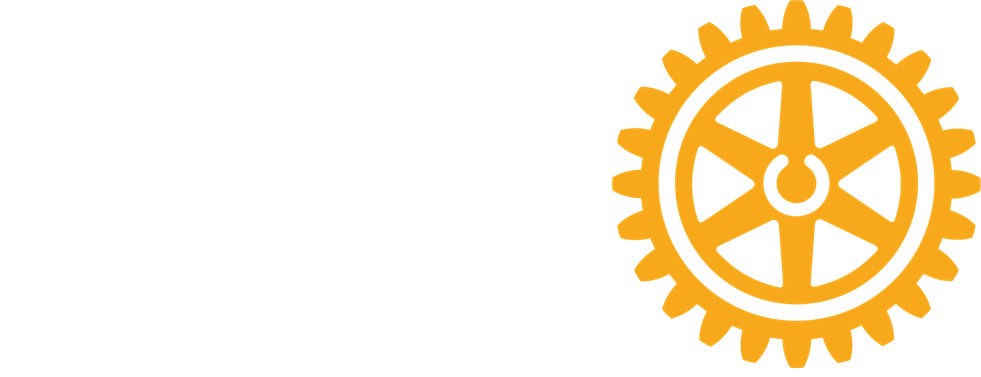This month, I am reflecting on how quickly time flies past us. With six months of the Rotary year completed, it leaves me impressed with what has been accomplished, and how much there is left to do. Many of you have leant into the idea of Awakening to the Extraordinary Opportunity of Rotary, which has been demonstrated through your actions in terms of service projects completed, the donations you have made to the Foundation, and redefining the value of membership to support retention because of improved engagement.
For many, it has been a journey of learning to get here, especially in acknowledging our challenges for keeping our club’s members engaged with all the distractions in our lives and beyond. It has not been easy in getting here, but at the heart of this journey has been our ability to deliver even though some of our good ideas died by the wayside.
I will contend these hard lessons were necessary. It sometimes takes experience, and failure, to help identify a path to open the door for future possibilities of opportunity, within the ambiguous landscape that we operate as a service organization. This is certainly the case, as you try to divine the shift in a landscape where existing models with their faults still rule supreme, because it is all that many of us has known. Regrettably, some of club’s remain comfortable with the status quo, while denying the changing reality around them until it is too late.
However, there is change afoot. It is palatable now. We are seeing people feeling unsatisfied with how they want to live their lives. They are looking for meaning that helps them be a part of something greater than themselves. There are clubs who can articulate the value of their programs for members, who remain engaged, active, and creative in their approach to making an impact in their communities. Remember this key point, an active club is an attractive club, and it is these clubs that will successfully embrace the significant transformation amongst those looking for organizations, where doing good is available and impactful.
One reality we cannot avoid is the fact that our global environment is under tremendous strain as differing political and cultural differences come into conflict on how the future will be shaped for our next generations. We do have the option to control what we can, influence those who matter, and this will be the best path for us to pursue as we hope for peace beyond our communities.
It can all be a bit jarring to say the least. It seems like we are drawing in information while starving for wisdom. We are caught between multiple shifting dynamics, and yet somewhere in this confusion lies the path on which Rotary’s opportunity resides with tremendous benefit for change in ourselves and our communities. It requires each of us to realize the promise of peace lies through our club’s points of engagement (Service, networking, programs, and fellowship) and we need to leverage our club’s culture and make the promise of peace possible through our execution – this is where the rubber meets the road for our members.
I place an emphasis on club culture because it is the way we get things done within Rotary. It propels us from me to we, where our self-interest becomes our shared interest. It is the essence of Rotary enveloping purpose, vision, values, assumptions, behaviors at scale, and ultimately results. It forms the narrative between the white lines of our written descriptions around formal plans, structure, systems, mindset, and abilities coming together in support of our service delivery. It makes possible the idea of people uniting and taking action to create lasting change – across the globe, in our communities, and in ourselves.
Culture, particularly in this new hybrid world is how results emerges out of distinct differences – not symbiotic sameness. Many of you have heard me state that conflict is a good thing. Why may you ask? Simply, because it tells me there is a misalignment of ideas, priorities, or personalities and it needs attention to support our success.
Ever since human beings discovered the value of working together, there was conflict amongst them. It is to be expected because everybody is different. That is why we push for focusing on our members, finding ways to over-communicate to develop circles of trust, whilst managing with a bias for action tied to mindset that is driven by an entrepreneurial sense of service and leadership. This aligns us.
However, this does not support a “kumbaya” model of engagement, because they do not work – research demonstrates this time and again. What does work is constructive conflict that drives collective genius – just look to the Beatles, Rolling Stones, or sport teams that have demanded our appreciation and you will see constructive conflict at the heart of their success.
As we head into the second half of the Rotary year, we are going to have many opportunities to engage in constructive conflict. It will help us shape our service delivery around the priorities that matter for our success in delivering on Rotary’s vision. It requires authenticity, where we do what we say and say what we mean. It requires belief, because when we believe we can make a difference our actions will follow – if you don’t believe, no one else will. Finally, but by no means least, it requires communication about our values, where we must recognize them in action through storytelling, recognition, and accountability to the outcome – consistency matters here.
The rubber meets the road, when we say it, mean it, act it, and believe it.

